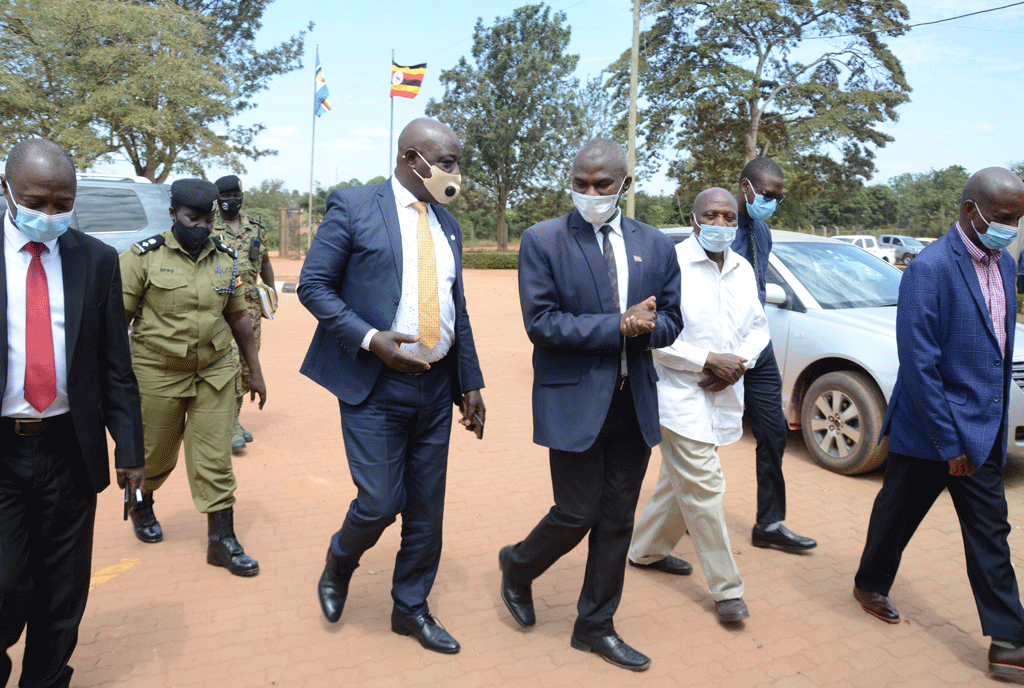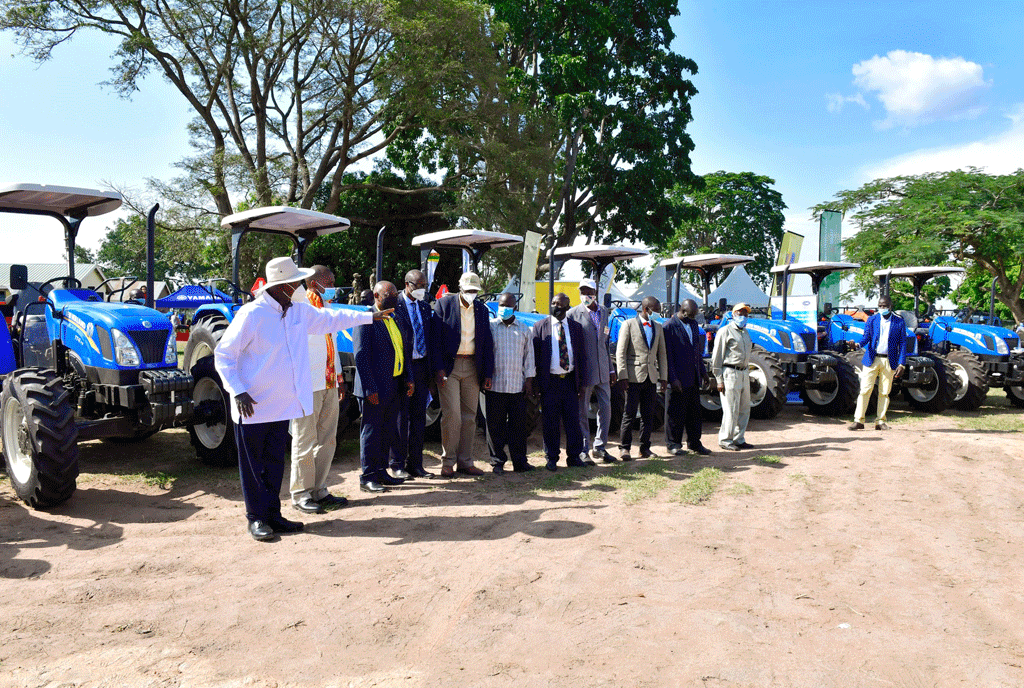Make PDM a success, minister tasks leaders

Defence minister Vincent Ssempijja (3rd left) with other Lyantonde leaders during the launch of PDM programme in the district at the weekend. PHOTO/KENNEDY KAKEMBO
What you need to know:
- Mr Vincent Ssempijja says if the programme succeeds, household incomes will improve, hence more revenue to support local governments.
The minister of Defence and Veteran Affairs, Mr Vincent Ssempijja, has tasked both political and technical leaders in Lyantonde District to put in all their efforts to ensure that the Parish Development Model (PDM) programme succeeds.
Mr Ssempijja said if the programme succeeds, household incomes will improve and locals will be able to pay revenue to support the local governments.
“Please work hard to ensure that this PDM programme benefits the poor citizens and when we achieve that, the money we have been spending on looking after the poor will be used to improve infrastructure, equip our hospitals and also raise salaries of all civil servants,” the minister said on Saturday while popularising the programme in the district.
This was after local leaders complained that they get meagre resources to run government projects.
Mr Ssempijja said PDM is aimed at bringing the 68 percent of Ugandans who are ‘spectators’ in development, to get involved in economic transformation.
“Households who own more than four acres of land will be supported to carry out extensive farming in crops such as maize, cassava, cotton, tobacco, avocado and sugarcane because of the relatively bigger acreage of land required for investment to be profitable,” he said.
“They will also be encouraged to adopt a farming model, which is capable of earning $6,000 (about Shs21m) per year from 2 acres of land, 1 acre for food and the other for cash crop activities,” the minister added.
Mr Kenneth Twesigomwe, the district PDM focal person, while presenting the implementation progress, said they have registered 30 parish Saccos from all parishes that make up the district. A total number of 10,542 beneficiaries have so far been selected, of who 5,845 are women and the elderly are only 90.
“At the moment, we are challenged by lack of enough operational funds and even the money for PDM data collection is insufficient,” he added.
President Museveni last month tasked the ministers to educate the masses about the PDM programme, which he launched in February in Kibuku District.
The programme is aimed at getting 39 percent of the country’s 43 million population that lives from hand-to-mouth out of poverty.
In most of the areas where the ministers have reached, residents appear to have heard about the programme, but they are sceptical on whether it will achieve the desired goal of fighting household poverty.
“The idea looks good but the implementation is bound to fail like previous poverty eradication programmes. The issue of involving NRM executive committees is a stumbling block to the success of PDM because those people are greedy and corrupt,” Mr Solomon Ssekajja, a resident of Lyantonde Town Council, said.
About PDM
The government is expected to splurge Shs1 trillion on the programme intended to use a bottom up approach. Each of Uganda’s 10,694 parishes will receive Shs100m.
From this, each household is expected to get Shs1m to kick-start the project.




